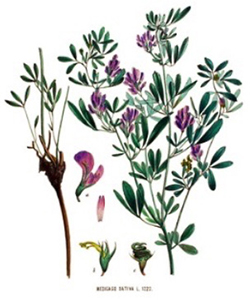Welcome to Iris Biotech
For better service please confirm your country and language we detected.

For better service please confirm your country and language we detected.

Thank you very much for your interest in our products. All prices listed on our website are ex-works, Germany, and may attract customs duties when imported.
You may/will be contacted by the shipping company for additional documentation that may be required by the US Customs for clearance.
We offer you the convenience of buying through a local partner, Peptide Solutions LLC who can import the shipment as well as prepay the customs duties and brokerage on your behalf and provide the convenience of a domestic sale.
Continue to Iris Biotech GmbHSend request to US distributorPublished on 03.12.2015


Canaline is 5-oxa-derivative of ornithine, the only naturally occurring amino acid with an O-alkyl hydroxylamine side chain. It is produced by arginase from Canavanine (the 5-oxa-derivative of arginine). These rare amino acids are produced by legumes such as the jack bean (Canavalia ensiformis) and the alfalfa plant (Medicago sativa) as protective agents against herbivores.
The toxicity of L-Canaline (L-Can) is caused by its ability to form oximes with carbonyl-containing biomolecules such as pyridoxal phosphate, and by its inhibitory effect on ornithine aminotransferase at very low concentrations (10 nM). L-Canaline has also been found to possess antineoplastic and antimalarial properties.
L-Canavanine (L-Cav) is toxic to many herbivores since it is incorporated into their proteins instead of L-Arg, which often leads to structural aberrations and thus to loss of protein function. Moreover, L-Canavanine possesses antitumor activity against human acute leukemia T-cells, and has been of significant interest in cancer research.
Our Fmoc building blocks of L-Can and L-Cav are suitable for SPPS and can be employed in the synthesis of novel peptides.